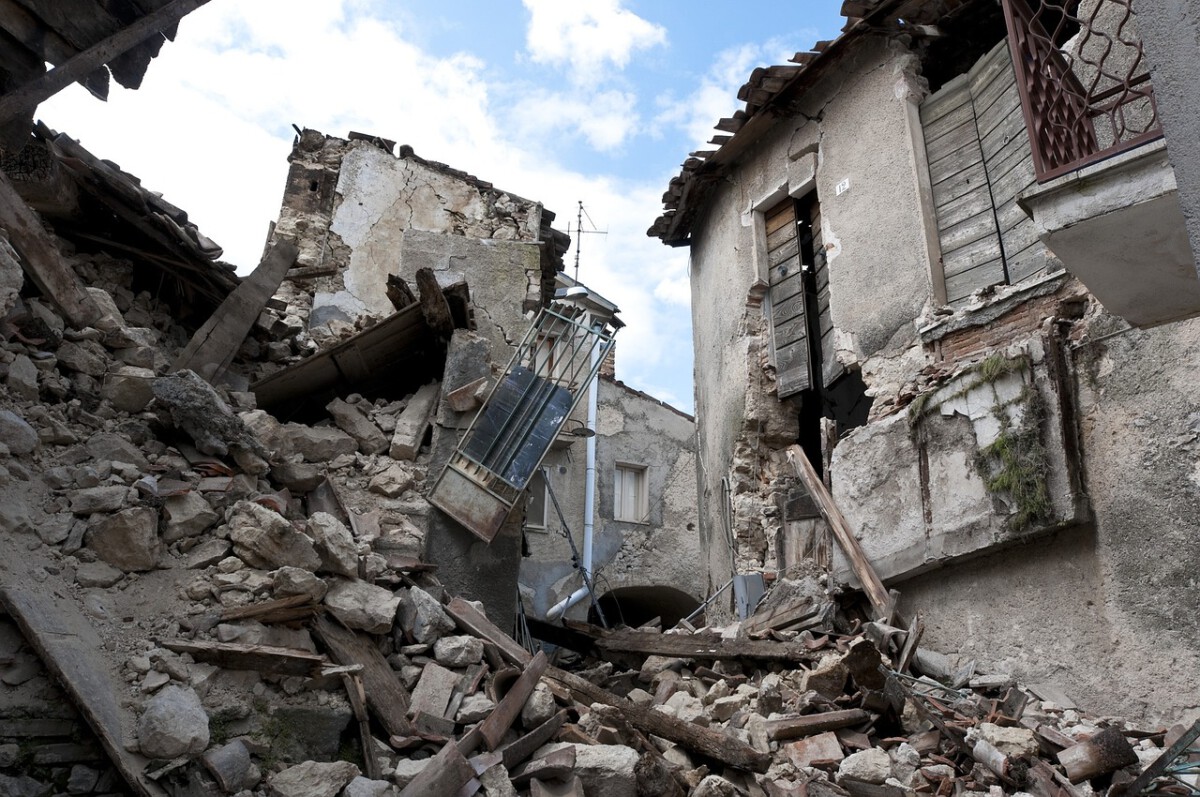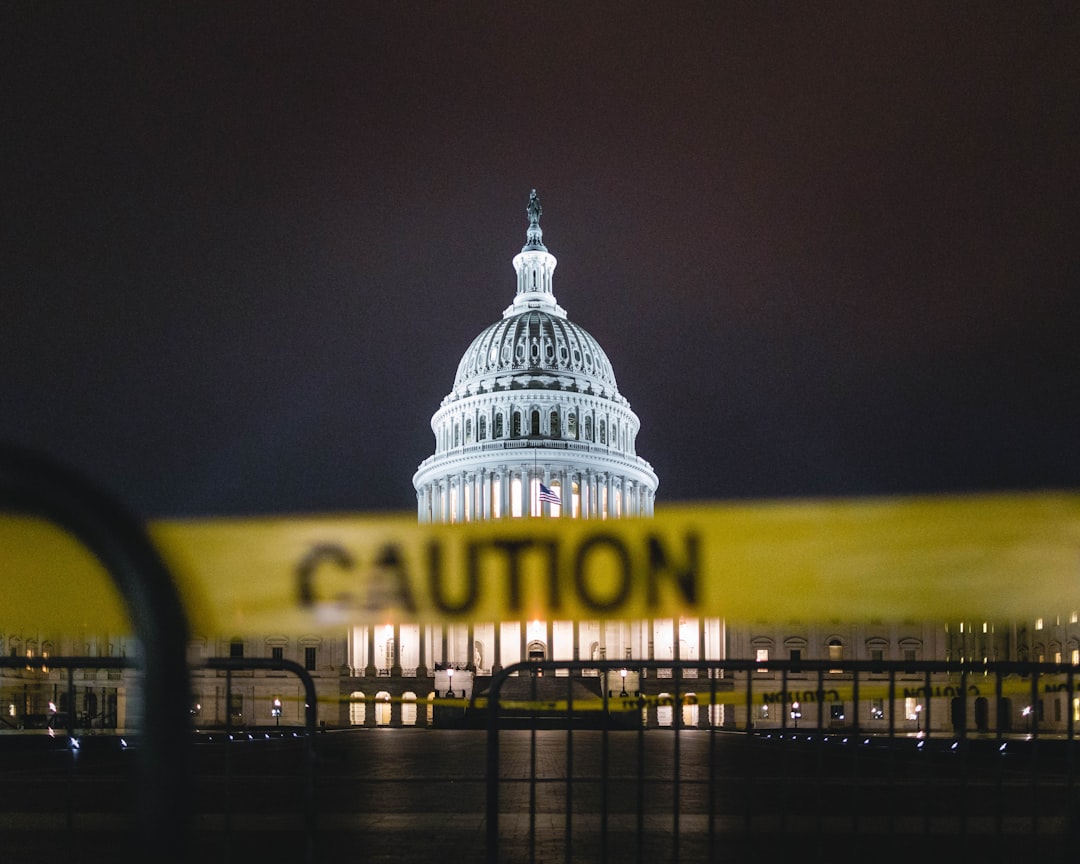Embracing the Slow Travel Movement

Slow travel has become a surprising antidote to the frantic pace of modern tourism. Instead of rushing from landmark to landmark, more people are choosing to slow down and truly immerse themselves in each moment. This shift is not just a trend but a movement, with 78% of travelers in a recent Adventure Travel Trade Association survey saying they crave deeper connections with the places they visit. It’s about savoring the journey—lingering over a coffee in a small-town café, wandering through unfamiliar streets, or joining a village festival. The slow travel approach is a direct response to the environmental and social criticisms of “hit-and-run” tourism. As travelers seek more authenticity and less stress, they’re finding that taking their time can make a trip feel more meaningful. More destinations are responding to this demand, making it easier than ever to travel slowly and thoughtfully.
The Environmental Impact of Fast Travel

Fast travel, with its whirlwind flights and packed schedules, leaves a heavy mark on the planet. The Global Carbon Project’s 2024 report revealed that aviation alone accounts for about 2.5% of global carbon dioxide emissions. This statistic is hard to ignore, especially when compared to the much smaller footprint of traveling by train, bus, or bicycle. Switching to slower, more sustainable transportation can cut emissions by up to 80%, a staggering difference for eco-conscious travelers. Slow travel invites people to think about how their choices impact the world and encourages them to take responsibility. Even a simple decision like choosing a scenic train ride over a short-haul flight can be a powerful act of environmental mindfulness. As more people become aware of their travel footprint, slow travel stands out as a responsible and rewarding option.
The Benefits of Local Experiences

Choosing to travel slowly opens doors to experiences that whirlwind tourism often misses. Slow travelers tend to stay in one place longer, allowing them to participate in local life—maybe through a cooking class, a pottery workshop, or a community-led walking tour. A recent World Tourism Organization study found that 85% of travelers who engaged in local experiences reported a stronger sense of satisfaction and connection. These experiences go beyond checking off a list; they’re about building real relationships and understanding different perspectives. Supporting local artisans and businesses also means more money stays within the community, creating a positive impact on the host destination. The memories made through these authentic exchanges often last far longer than the fleeting thrill of a crowded sightseeing spot.
The Role of Technology in Slow Travel

While technology has sped up many aspects of our lives, it can also enrich the slow travel experience. Platforms like Airbnb and EatWith connect travelers directly with locals, offering unique activities and dining options that might otherwise remain hidden. Digital maps and blogs have made it easier to discover those “off-the-radar” gems, encouraging travelers to venture beyond the usual tourist hotspots. Projections for 2025 suggest that 60% of travelers will use technology to plan slow travel adventures, blending convenience with a desire for authenticity. The rise of user-generated content, like personal travel stories and recommendations, puts real experiences at everyone’s fingertips. Instead of following the crowd, slow travelers can chart their own course, guided by digital tools that highlight the beauty of wandering and discovery.
The Rise of Remote Work and Flexible Travel

Remote work has revolutionized the way people experience travel, blurring the lines between vacation and everyday life. With the ability to work from anywhere, many are choosing extended stays in new places, soaking in the local atmosphere at their own pace. FlexJobs reports that 70% of remote workers plan to travel while working, with most seeking destinations that offer a slower, more relaxed vibe. This new way of living allows people to integrate work with exploration, making travel less about escape and more about enrichment. Longer stays also mean more opportunities to form friendships, learn the language, and contribute to the local community. The flexibility of remote work is turning slow travel from a luxury into a viable lifestyle for millions of people.
Health and Wellness Benefits of Slow Travel

Slow travel isn’t just better for the places we visit—it’s also better for our minds and bodies. Stepping away from the pressure to pack every minute with activity, travelers can finally unwind and recharge. The American Psychological Association notes that time spent in nature and slower-paced activities can significantly reduce stress and improve overall well-being. Walking through a quiet park, meditating by a mountain lake, or taking a leisurely bike ride can all help lower anxiety and boost mood. Many slow travelers say they return home feeling more refreshed, creative, and inspired than after a typical whirlwind trip. Choosing the journey over the destination gives people permission to listen to their own rhythms and prioritize self-care.
The Influence of Social Media on Travel Choices

Social media has become a powerful force in shaping how and where we travel. Influencers on Instagram and TikTok are now highlighting the joys of slow travel—sharing stories about secret beaches, tiny villages, and long, meandering walks. According to a 2024 Pew Research Center study, 54% of millennials and Gen Z travelers say social media plays a big role in their travel planning. They’re drawn to authentic, immersive experiences and often prefer longer, slower trips over quick getaways. This trend is changing the landscape of tourism, pushing businesses to offer more unique, locally-focused options. As people scroll through dreamy photos and heartfelt stories online, slow travel is gaining momentum as the “cool” way to explore.
Challenges of Slow Travel

Slow travel is not without its hurdles. For many, limited vacation time or tight budgets make extended trips challenging. Some destinations may not be well set up for slow travelers, lacking reliable public transportation or affordable accommodations. Accessibility is another concern, especially for those with mobility issues or specific needs. Despite these obstacles, the slow travel movement is finding creative solutions—like flexible work arrangements, house-sitting opportunities, and new infrastructure designed for longer stays. Destinations are starting to recognize the value of attracting slow travelers and are investing in resources that make it easier to stay, explore, and connect.
The Future of Slow Travel

Experts predict that slow travel will continue to grow in popularity, moving from a niche interest to a mainstream choice. As travelers become more conscious of their impact, there’s a rising demand for experiences that are both sustainable and deeply engaging. Destinations around the world are responding by launching new initiatives to preserve cultural heritage, support local businesses, and protect fragile environments. The travel industry is adapting, offering more flexible booking options, longer-term rentals, and curated local experiences. With each journey, slow travelers are helping to reshape tourism into something more enriching and responsible.
A Shift in Travel Philosophy

The rise of slow travel marks a profound change in how people approach the adventure of exploring the world. Instead of racing to tick off as many places as possible, travelers are learning to appreciate the magic of the journey itself. This new philosophy values presence, connection, and a sense of wonder that can only come from truly taking your time. As more people embrace slow travel, the industry is evolving to meet their needs, creating opportunities for more meaningful and sustainable experiences. The question remains: will you choose the journey over the destination?







